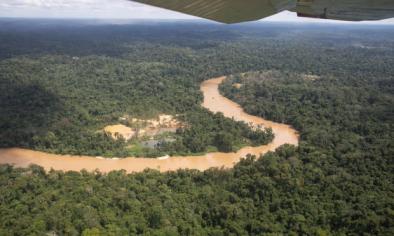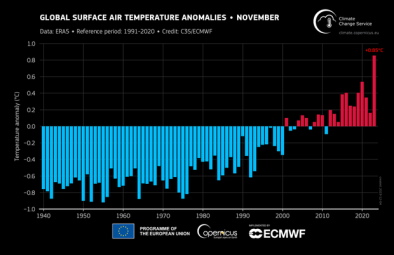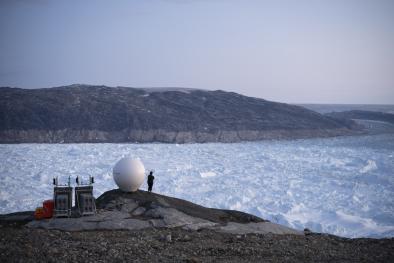Science Source
A probabilistic quantification of the anthropogenic component of twentieth century global warming
- Examines in detail the statement in the 2007 IPCC Fourth Assessment Report that “Most of the observed increase in global average temperatures since the mid-twentieth century is very likely due to the observed increase in anthropogenic greenhouse gas concentrations"
- Uses a quantitative probabilistic analysis to evaluate this IPCC statement
- For forcing by greenhouse gases (GHGs) only
- Finds that there is a greater than 90% probability that the greenhouse gas forcing is larger than the total amount (not just “most”) of the observed warming over 1950–2005
- States that this is because, following current best estimates, negative aerosol forcing has substantially offset the GHG-induced warming
- Considers the expected warming from all anthropogenic forcings using the same probabilistic framework
- Provides evidence that the IPCC estimate for the upper bound of indirect aerosol forcing is almost certainly too high
- Results show that the expected warming due to all human influences since 1950 (including aerosol effects) is very similar to the observed warming
- Finds that including the effects of natural external forcing factors has a relatively small impact on the 1950–2005 results, but improves the correspondence between model and observations over 1900–2005
Related Content
Headline

Feb 15, 2024 | Climate Nexus Hot News
Amazon Could Reach Tipping Point By Midcentury
Headline

Jan 16, 2024 | Climate Nexus Hot News
2023 Smashes Hottest Year Record
Headline

Dec 7, 2023 | Climate Nexus Hot News
It’s Official - 2023 Is World's The Hottest Year On Record
Headline

Dec 7, 2023 | Climate Nexus Hot News
Earth Veering Closer To Dangerous Tipping Points


